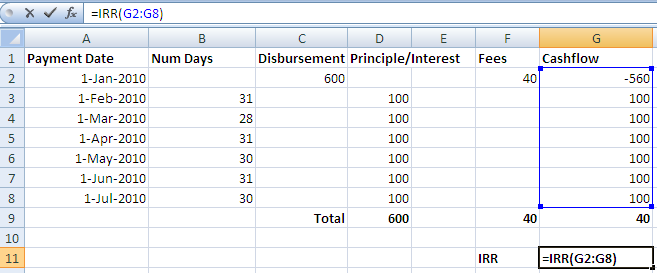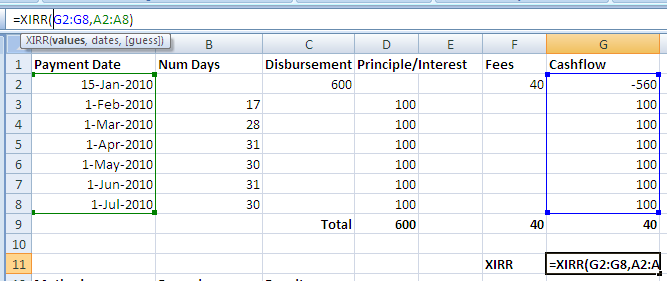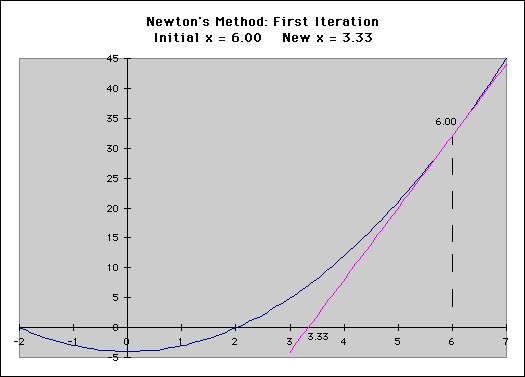Here are some alternative news sources I’ve found online. I’ve chosen them to supplement the normal “mainstream” media.
I’d be interested in your opinion of them. Do you have other sources you find useful?
- Beau of the Fifth Column (personal playlist)
- Paul Jay, founder of The Analysis.news: long-form interviews
- Real News Network
- Activism Munich (German)
- Breaking Points
- Rising (The Hill)
- Brianna Joy Gray (Bad Faith, Rising)
- Chris Hedges
- David Packman
- Kyle Kulinsky (Secular Talk)
International English News Sites:
- First Post (India): private English-language international channel
- Deutsche Welle News (German) Deutsche Welle is Germany’s international broadcaster, producing content in 30 languages.
Economics/Bitcoin #
- Jeff Snyder (Eurodollar University)
- Matthew Kratter, Trader University (Bitcoin)
Ukraine Military #
- Lawrence Wilkerson – former Chief of Staff for Colin Powell
- Ray McGoovern – former CIA Analyst who prepared the Presidential Daily briefing. He testified against US at the United Nations over the Nordstream bombing
- Scott Ritter: former Marine Ilead nuclear disarmament with Soviet Union, former outspoken Iraq weapons inspector
- Douglas Magregor – former Colonel who has been an advisor to the Secretary of Defense under Trump
- Judge Andrew Napalitano: former Judge, Foxnews Commentator (Libertarian)
Geostrategy
- Caspian Report (Geostrategy)
- Peter Zeihan — possible CIA asset



